OK! This is the 11th and final canvas for the "Portrait of Milwaukee Progress" installation. Again - this piece is in draft status - completed canvases will be available for view at the opening exhibition at MATC in August of 2021. Jesús Salas is unusual in this collection of canvasses as being the only subject who is still active in the community. I chose to focus on Mr Salas because of his decades of activism fighting for fair treatment of migrant workers in Wisconsin. For the portrait, I focused on an inspirational image of Mr Salas, fist raised and big smile, speaking at a rally in the 60s. Top left I featured a scene of migrant workers in the field, top right a scene of the famous protest march led by Mr Salas from Wautoma to Madison, and bottom left Mr Salas and his contemporaries at a press conference.
Jesús Salas
Jesús Salas, a Mexican-American and third generation migrant worker, has been involved in nearly every aspect of the agriculture and migrant worker movement in Wisconsin over the last half century. From founding Obreros Unidos to being CEO of United Migrant Opportunity Services , Salas has led protests, marches, and organizing efforts to secure rights and improve conditions for himself, his family, and the migrant community during the 1960s and 1970s. Salas was a founder of Obreros Unidos - the United Workers union. The group organized a march from Wautoma to Madison in 1966 to protest migrant worker conditions as well as walkouts against the produce company Libby’s, and also joined forces with Cesar Chavez’s national boycott of grapes to expand its impact in Wisconsin. Mr Salas also joined up with Fr James Groppi in the first protest march on the Allen-Bradley Co. on Aug. 13, 1968, advocating for equality in hiring practices. Salas went on to become the first Latino CEO of United Migrant Opportunity Services in 1969, and fought for equal opportunity for Latino students at UW-Milwaukee. Still later, he taught bilingual skills for 20 years at Milwaukee Area Technical College, lectured at UW-Madison and UW-Milwaukee, and from 2003-2007 served on the University of Wisconsin System Board of Regents. Today, he volunteers for Voces de la Frontera and speaks about his work advocating for the rights of migrant workers.
Side note - I am not the only artist who has been impressed by the work of Jesús Salas. His portrait is also featured in an enormous mural called "Culture Work" on the South side of Butters-Fetting building on on the northwest corner of Mitchell and 1st Streets in Milwaukee. The mural was a community project created with the help of urban historian Michael Carriere and painted by Peck School of the Arts teacher Raoul Deal, Milwaukee high school students, and UW-Milwaukee students. When I first started researching Mr Salas I couldn't get past the idea that he looked familiar - turns out I'd seen his face many times before while we ate dinner at Transfer Pizzeria, located right across the street.
For more information:
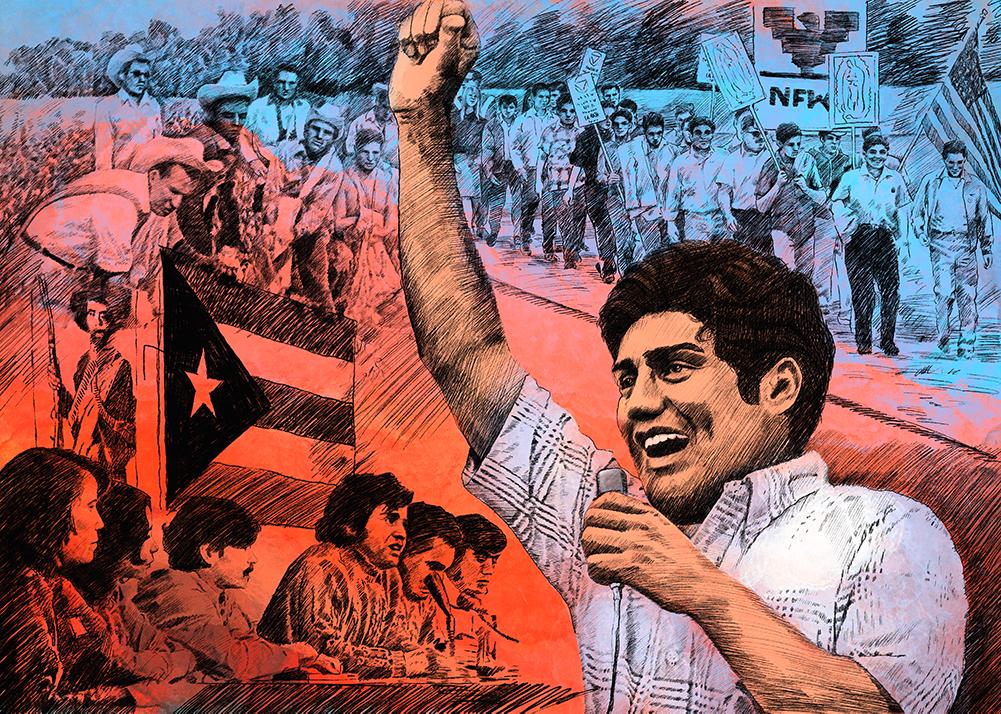
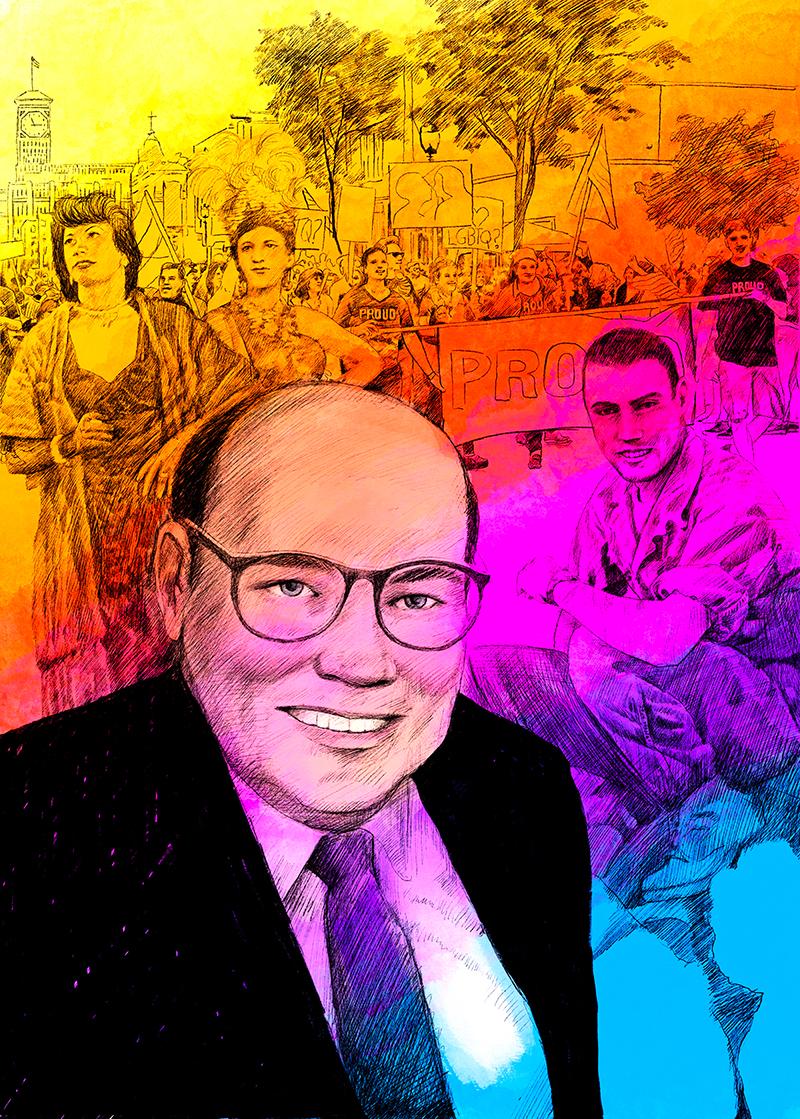
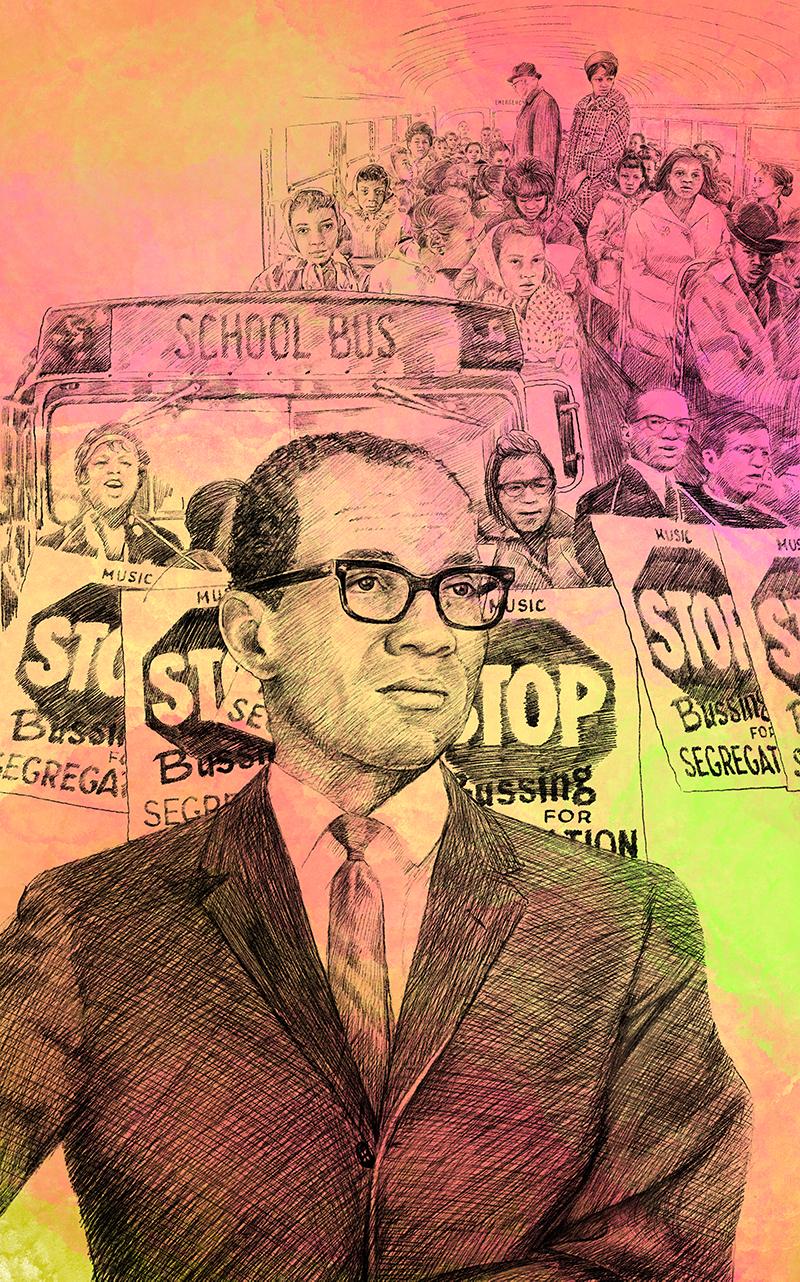
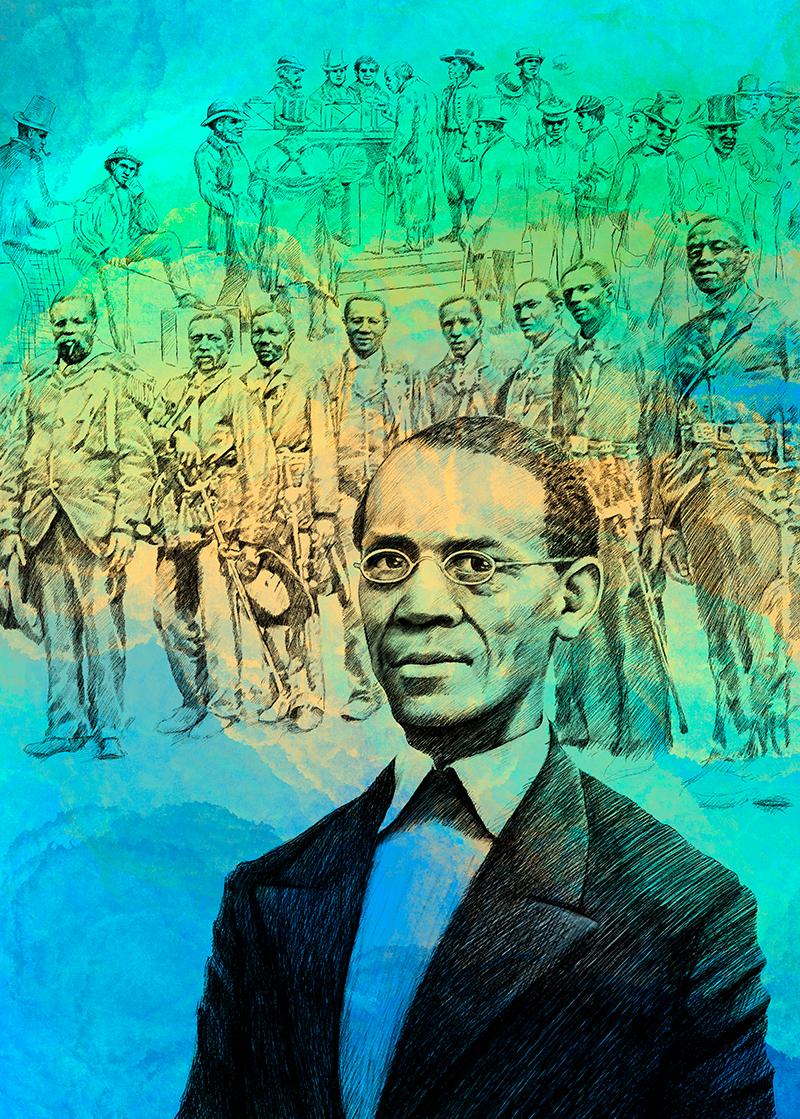
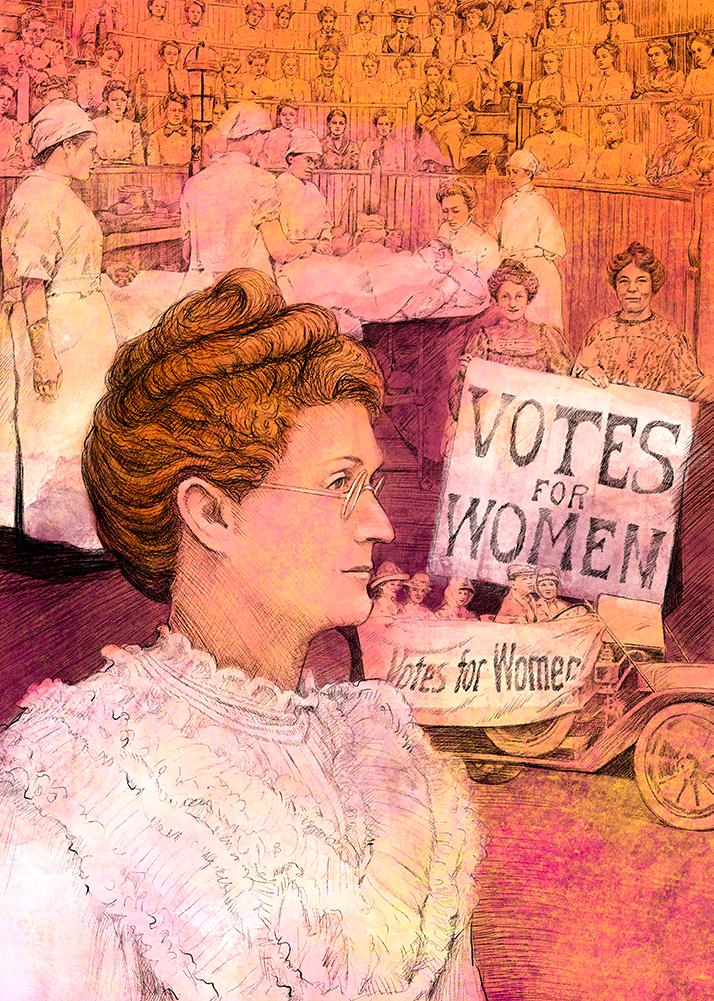
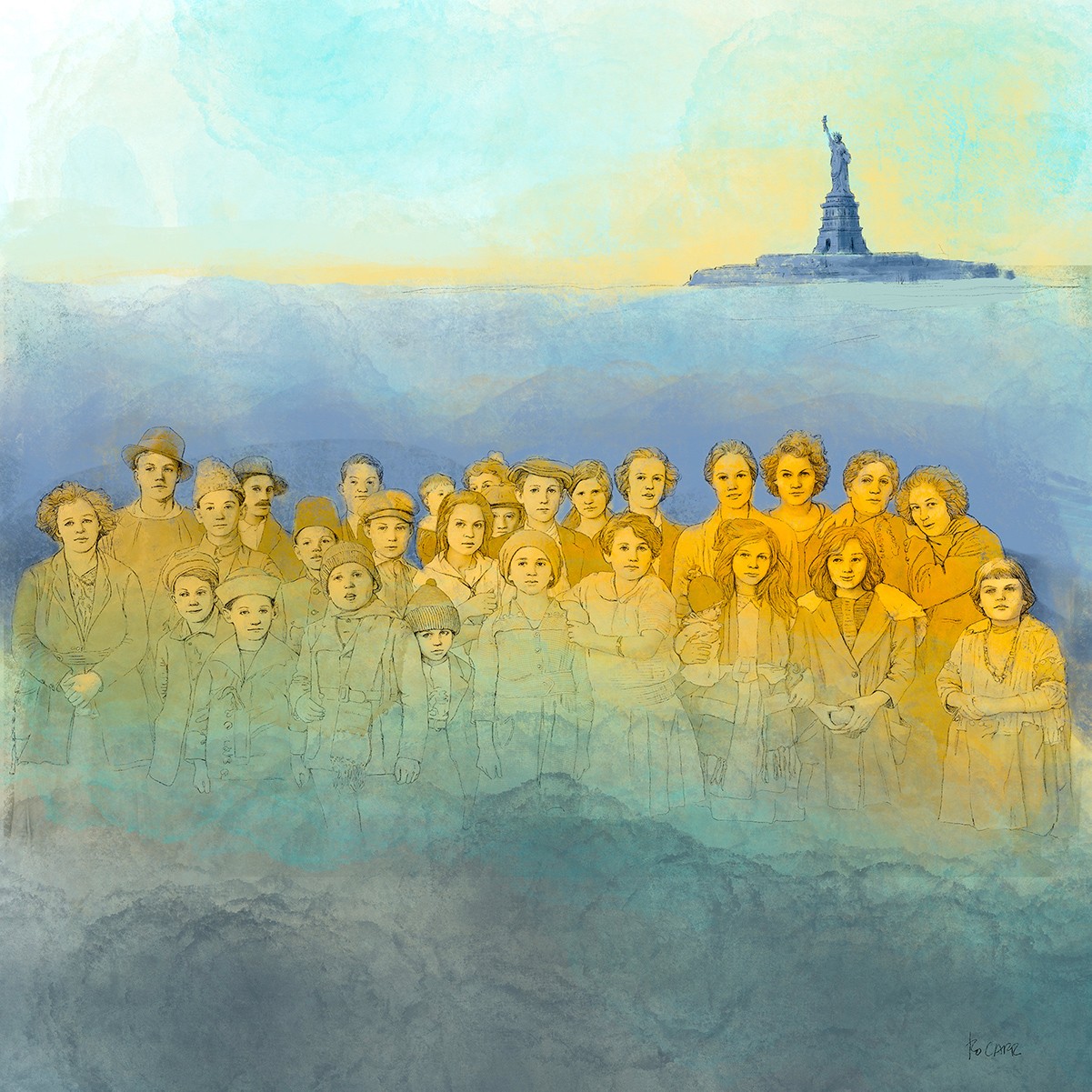
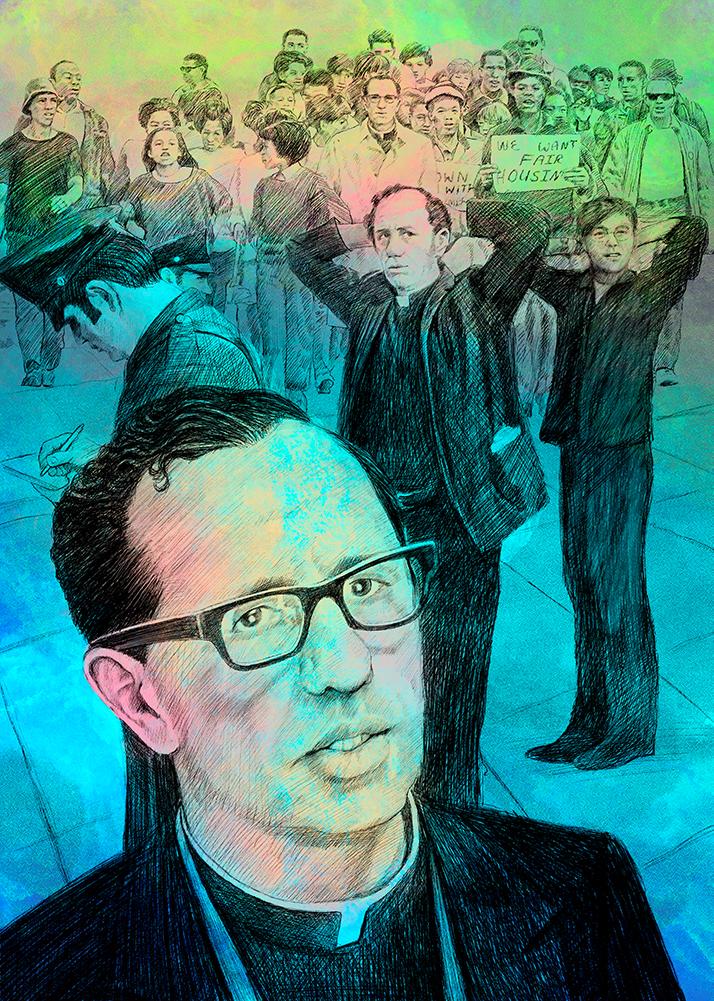
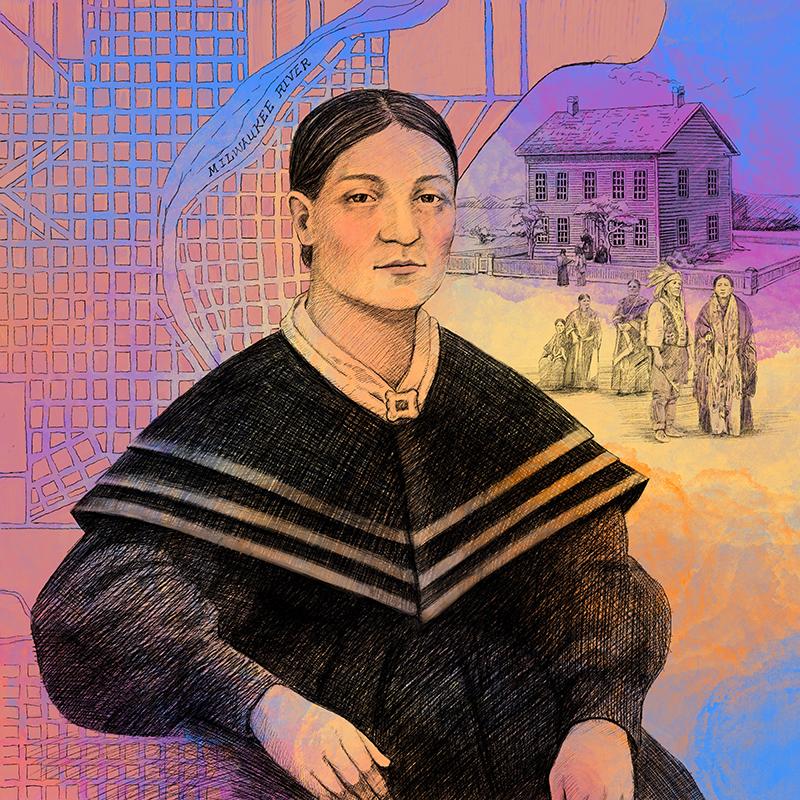
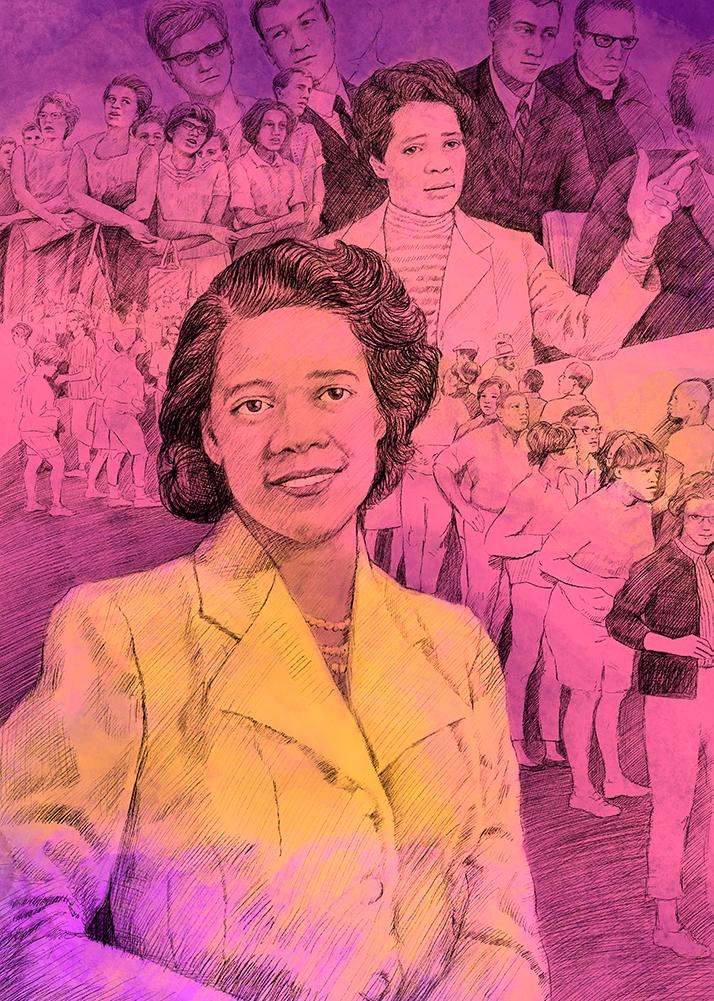

Recent Comments